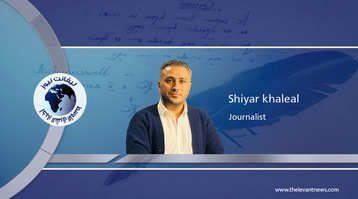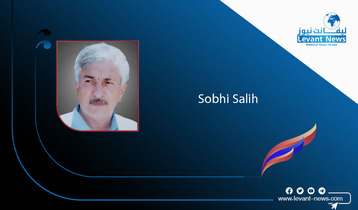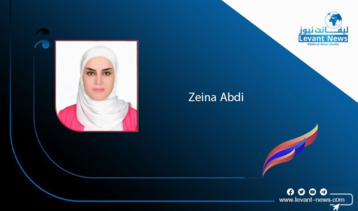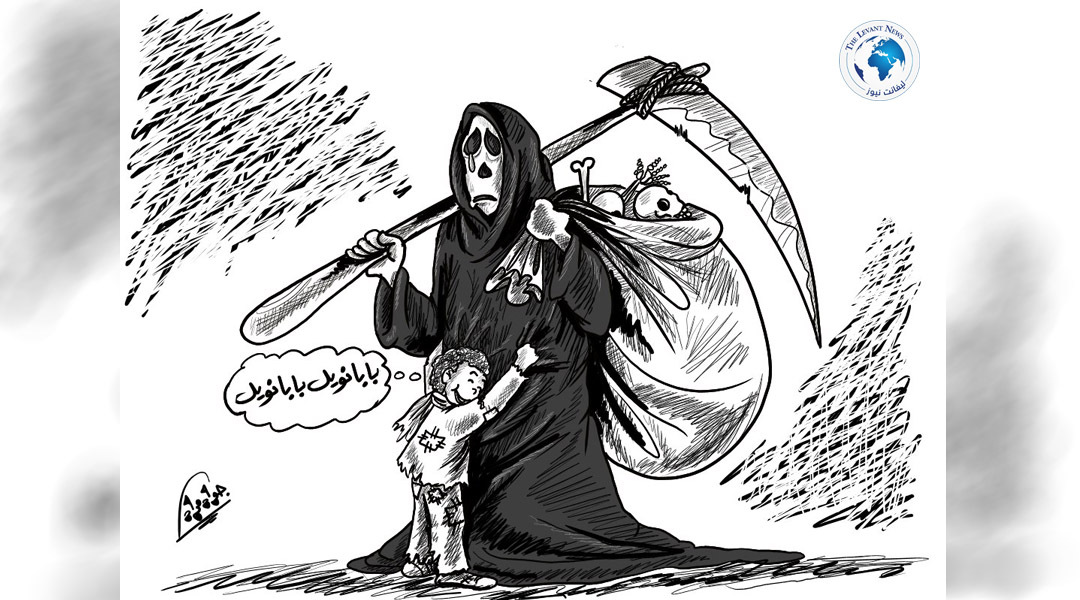-
Arabic Reading on the Ten-Point Program for Iran’s Future
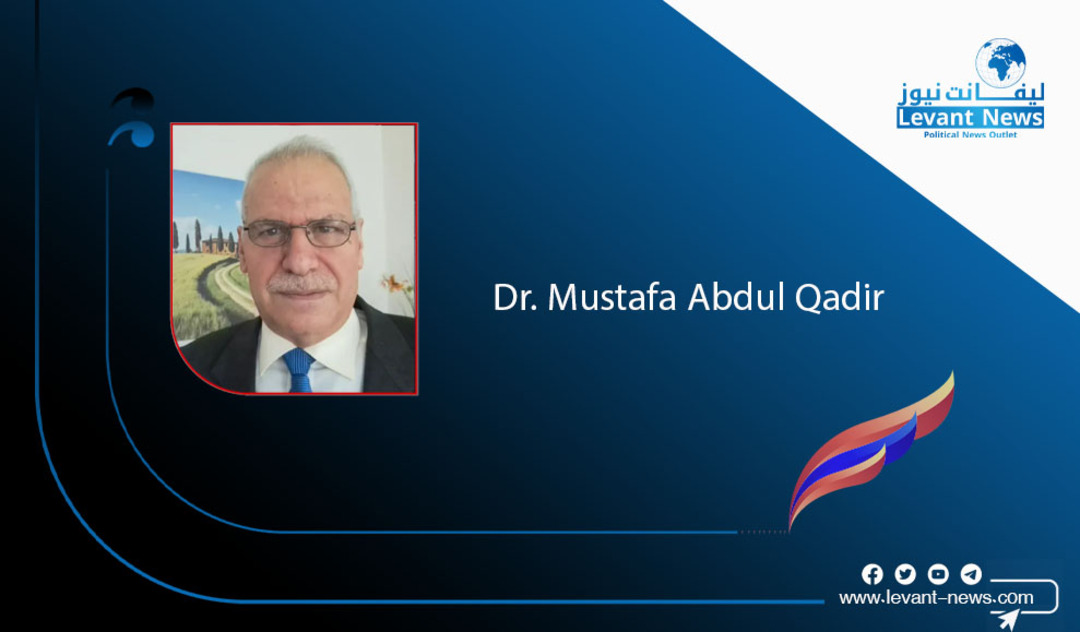
The complexity of Iran’s political scene, the Guardianship of the Islamic Jurist (Wilayat al-Faqih), and their intertwined connections demand a scrutinized reading of Iran’s resistance movement’s trajectory and its escalating developments day by day. After the Mullahs took control of Iran in 1979, numerous political opposition factions emerged, declaring their rejection of the religious regime’s approach. This led to brutal repression that left no room for typical dialogue. Following the long Iran-Iraq war, armed operations against the Iranian regime intensified, causing the fascist system to think more harshly and forcefully, with no mercy or leniency. Meanwhile, the opposition made active efforts to unify its ranks abroad, successfully leading the People’s Mujahedin Organization of Iran (MEK), which attracted attention by organizing its ranks through high-level military and political options. This encouraged student and civil activism across Iranian cities and made the authority of the Guardianship of the Jurist fear its extensions beyond borders.
Thus, Iranian resistance proved that it was never a fleeting guest on the political scene but has worked on multiple fronts, engaging in all activities serving its primary goal: confronting the religious authority by all means and methods, driven by an insatiable thirst for overthrow. The international sanctions imposed on Iran, which worsened the economic situation, heightened public dissatisfaction with the oppressive regime. This fortified the resistance’s ranks and fueled widespread popular resentment, leading to the expansion of resistance operations characterized by heroic qualitative acts that disturbed the fascist religious regime.
Simultaneously, the resistance began mobilizing more political and diplomatic energies to garner support from parliaments, leaders, political, and civic forces worldwide. It succeeded in doing so, enabling it to continue and intensify its struggle with steady steps. After decades of fighting against religious tyranny and external international polarization, many countries expressed sympathy and support for the Iranian people in political forums. This was reflected in the presentation of Mrs. Maryam Rajavi, the elected president of the Iranian Resistance, of her Ten-Point Plan, which received international acclaim and global appreciation because it aligns with the developmental progress of advanced countries. This plan was first introduced in December 2006 at a meeting of the European Parliament.
Mrs. Rajavi’s plan embodies the core demands of the Iranian people and their future Iran. It advocates for the establishment of a pluralistic republic that separates religion from state, ensures gender equality, abolishes the death penalty, and promotes the values of peace, coexistence, and the eradication of double oppression based on race and ethnicity in Iran. It also calls for a nuclear-free Iran. This plan has received widespread support and backing through various resolutions issued by the U.S. Congress, some European parliaments, and supported by influential political figures. The Ten-Point Plan is considered a roadmap toward a free, liberated Iran, free from the shackles of repression and tyranny.
The key points include:
1- No to Wilayat al-Faqih; yes to popular governance in a multilateral republic with free elections.
2- Freedom of expression, political parties, assembly, press, and cyberspace; dismantling the Revolutionary Guards, Quds Force, Basij; the oppressive intelligence ministry; the Cultural Revolution Council, and all oppressive forces and institutions in cities, villages, schools, universities, offices, and factories.
3- Guaranteeing individual and social freedoms and rights according to the Universal Declaration of Human Rights; dissolving censorship agencies; investigating and prosecuting those responsible for the massacre of political prisoners; banning torture; and abolishing the death penalty.
4- Separation of religion and state, freedom of religions and beliefs.
5- Full gender equality in political, social, cultural, and economic rights; abolishing all forms of discrimination; and guaranteeing the freedom of choice in dress, marriage, divorce, education, work, and prohibiting exploitation of women under any pretext.
6- Independence of the judiciary based on international standards emphasizing presumption of innocence, right to defense, prosecution, and public trials; abolishing the theocratic laws; and shutting down revolutionary courts.
7- Self-governance and ending double oppression for Iranian nationalities and ethnic groups, similar to the Iranian National Resistance’s project.
8- Justice and equal opportunity in employment, commerce, and the free market for all Iranians; ensuring the rights of workers, farmers, nurses, employees, educators, and retirees.
9- Protecting and reviving the environment destroyed during the Mullahs’ rule.
10- A nuclear-free Iran, free from WMD, promoting peace, coexistence, and regional and international cooperation.
These points, presented by Mrs. Maryam Rajavi, received warm international political support as they addressed the Iranian people's demands for peace, after tragic and wasteful wars where blood was shed freely at the expense of a population unable to control its fate. The plan represents the hope of freedom, embraced and practiced through words.
Mustafa Abdel Qader
You May Also Like
Popular Posts
Caricature
opinion
Report
ads
Newsletter
Subscribe to our mailing list to get the new updates!

